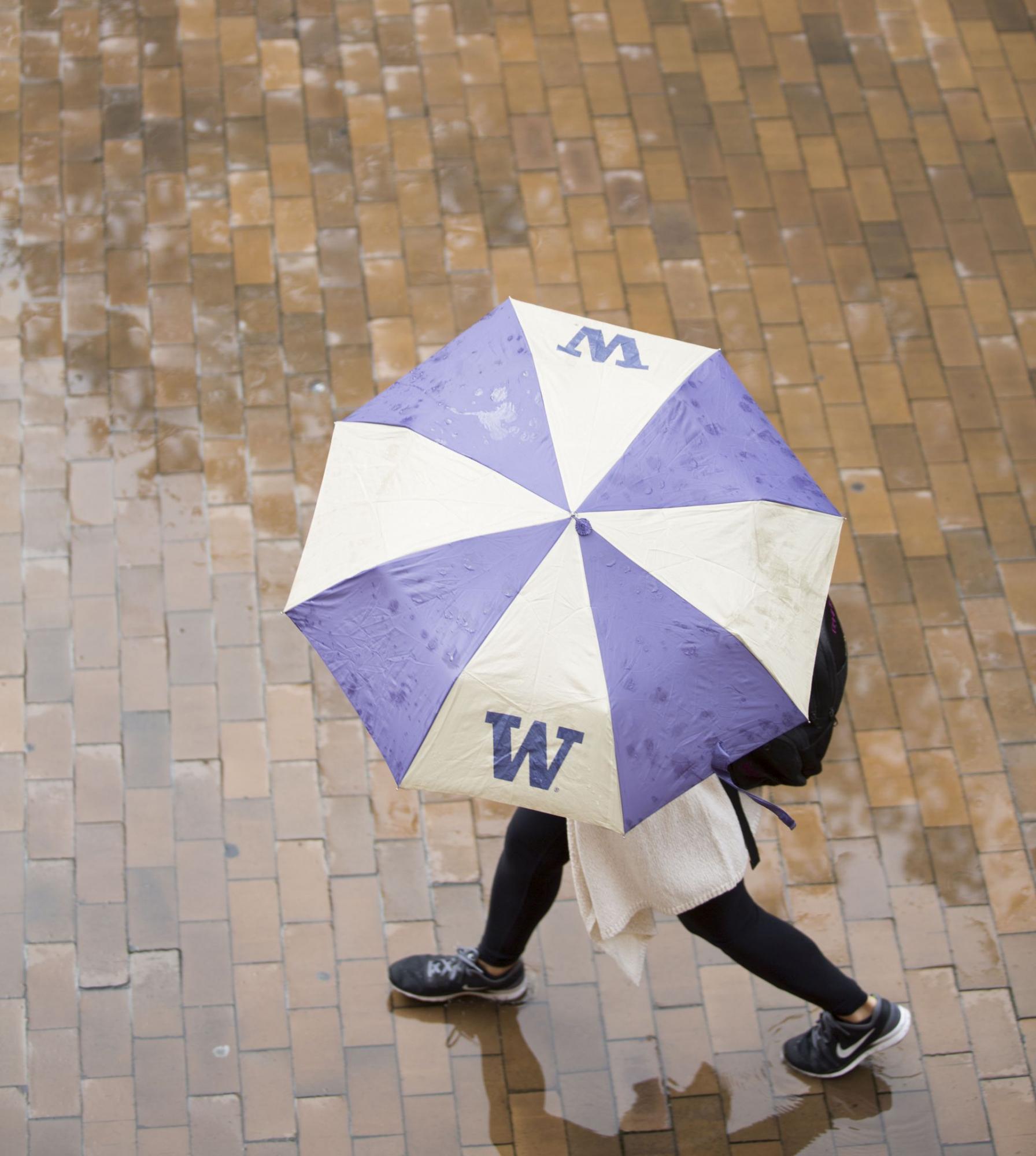Avoid slips, trips and falls in wet weather

Slips, trips and falls are leading causes of injury at the UW.
A slip, trip or fall can have a serious impact on a person’s health and well-being.

A slip, trip or fall can have a serious impact on a person’s health and well-being.
Lithium-ion batteries are used supply power to many kinds of devices including smart phones, laptops, e-scooters, e-bikes, and e-cigarettes, and are used in University operations and research applications. Environmental Health & Safety (EH&S) encourages personnel and students to follow safety practices to reduce the possibility of a reaction, fire, or explosion when handling, charging, storing or disposing of lithium-ion batteries.
Storage
Updated October 1, 2024
The University is committed to ensuring a healthy and safe environment for working, learning, research, teaching and service. There are many ways for University personnel to report and discuss workplace safety concerns and recommended improvements. Here are some options:
The Employee Health Center provides scheduled preventive health care for UW employees who are at higher risk for occupational exposures to potentially hazardous materials. We provide physical exams, screenings, vaccinations and medical surveillance for personnel working in high risk areas, such as research labs, animal care centers, clinical settings and the UW Police Department.
As the University is working toward a return to normal operations, you may be lifting and moving things around, such as chairs, printers, and other equipment, in preparation for on-site work. Take precautions before lifting or moving objects, as incorrect lifting can lead to back pain and/or a back injury.
When 9-1-1 is called on the Seattle campus, UW Police and Seattle Fire Department emergency vehicles will use designated fire lanes to get to the scene of the emergency quickly. It is critical that campus fire lanes are kept clear at all times to avoid emergency responders losing time getting to someone who needs help.
Environmental Health & Safety (EH&S) updated several University COVID-19 and respiratory illness prevention resources, including our Illness and Exposure Guidance, Public Health Flowchart, Face Covering Policy, and the UW Respiratory Illness Health and Safety Plan.
Environmental Health and Safety (EH&S) published new guidelines for radiofrequency safety aimed at protecting workers who perform tasks on rooftops with wireless cellular antennas.
The key points of the new radiofrequency wireless cellular antennas safety guidelines include:
Environmental Health & Safety (EH&S) serves as the University representative and liaison to Washington State Department of Labor & Industries (L&I) for all campus locations, including UW Medicine, and will coordinate all activities related to an L&I investigation. EH&S will coordinate on behalf of the University with the appropriate unit and University representatives, including Human Resources Labor Relations.
Notify EH&S immediately by calling 206-543-7262. Examples of contact may include: